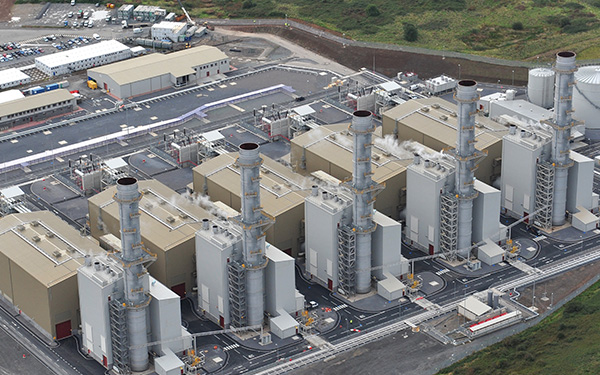A controversial Canadian business has just received a significant investment from Goldman Sachs to create enormous clean energy storage.
Hydrostor compresses air into underground caverns to store excess electricity. It modernizes a long-standing technology that failed to gain traction in the field of electrical storage. Hydrostor believes that the changes it has made will enable underground storage to be used in more places, at a time when grids are increasingly in need of assistance in converting wind and solar energy into stable 24/7 electricity.

Goldman Sachs agreed and put $250 million into the project through its private equity business. This is rare for the long-term energy storage market, which tends to attract riskier venture financing. On Monday, Hydrostor CEO Curtis VanWalleghem told Canary Media, “It’s growth capital; it’s not ‘prove the technology’ venture capital.” “We were able to demonstrate how appealing the technology is, as well as how far our development projects have progressed.”
This investment surpasses the $240 million received by Form Energy to launch its revolutionary iron-air battery technology last year. This makes Hydrostor’s funding round one of the largest corporate investments in a long-term storage company ever.
This signals a significant acceleration for a company that has come a long way on a shoestring budget. Hydrostor took advantage of government subsidies from Canada to create its early demonstrations. In 2019, the company launched its first commercial project in Ontario’s wholesale power market. That one is modest, with only 2 megawatts/ 10 megawatt-hours, yet it brings in roughly $1 million each year. Having a megawatt-scale project make money in a power market is a basic objective that many long-duration storage businesses have yet to achieve.
Hydrostor invested $5 million in other development projects. According to VanWalleghem, this effort resulted in three late-stage projects that, if completed, would cost $2.5 billion in construction capital and generate at least $5 billion in contracted revenue.
Two of these projects are now being reviewed for environmental permits in California. One has been planned for the Central Coast to help with the loss of carbon-free baseload power from Diablo Canyon, which is set to close by 2025. The second would be built near a hotspot for large-scale solar production in the Central Valley. Australia will host the third project.
Hydrostor excavates an 8-foot-diameter shaft that runs 2,000 feet deep to construct these projects. Workers descend to create a cavity, which the corporation subsequently fills with water. The aboveground equipment compresses air and shoots it below the water barrier when it’s ready to “charge.” To discharge, the compressed air is released, which turns a turbine and generates power. These projects are rated for an eight-hour discharge time at full power. However, with a larger cavern to contain more air, the technology can enable longer storage times.
Hydrostor competes with a typical pumped hydro plant, which is by far the most common source of grid-scale energy storage, with a duration of hundreds of megawatts. Pumped hydro, on the other hand, necessitates a site with large elevation fluctuations and abundant water supply. The Hydrostor concept has a much smaller footprint and requires very little water, making it more geographically adaptable.
VanWalleghem stated, “All we need is pretty competent bedrock.”












